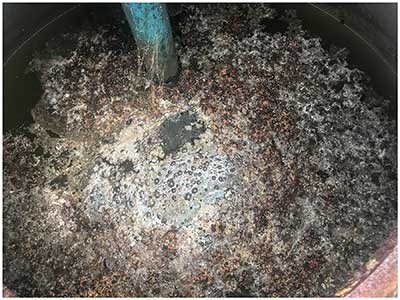Conventional approaches to treating oily wastewaters have included gravity separation and skimming, dissolved air flotation, de-emulsification, coagulation and flocculation. Gravity separation followed by skimming removes free oil from wastewater. This is done with an oil/water separator, which has been an effective, low cost, primary treatment step. Oil/Water separators are designed to separate the oil and suspended solids from their wastewater effluents. However, they are not effective in removing smaller oil droplets and emulsions.

After pre-treatment, oil that adheres to the surface of solid particles can be effectively removed by sedimentation in a primary clarifier through a membrane process such as microfiltration, ultrafiltration, nanofiltration, or reverse osmosis.
Of the three broad categories of oily wastes-free-floating oil, unstable oil/water emulsions, and highly stable oil/water emulsions-membranes are most useful with stable emulsions, particularly water-soluble oily wastes.
PRAB offers a full-line of industrial water and wastewater solutions to help reduce haul-away costs, save on water use, and overcome regulatory challenges. To replace your existing system, or purchase a new system, contact us today.